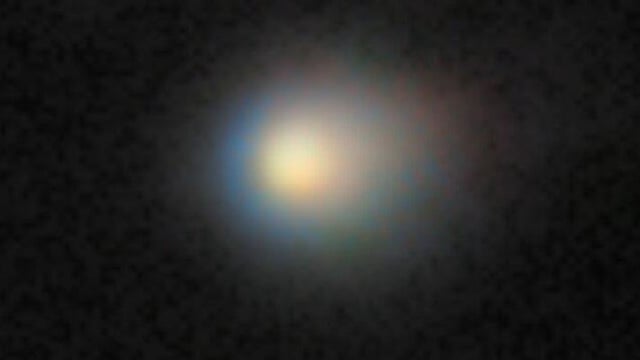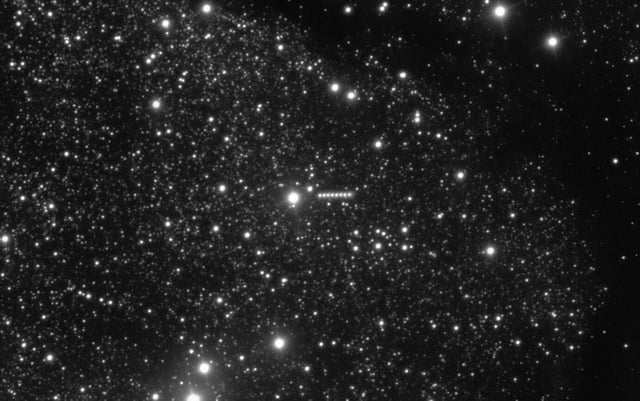Overview
- Astronomers used pre-discovery data from the Zwicky Transient Facility to extend the comet’s observed path to three days, confirming its hyperbolic trajectory (eccentricity 6.2) and unambiguous interstellar origin.
- The Gemini North telescope’s multi-object spectrograph and ESO’s Very Large Telescope have captured high-resolution images resolving a compact gas-dust coma around an estimated 20-kilometer nucleus.
- Measurements show 3I/ATLAS racing through the solar system at nearly 25,000 kilometers per hour, making it significantly faster than the two previously known interstellar interlopers.
- Predictive modeling associates the comet with the Milky Way’s thick disk, suggesting it may be more than 7 billion years old and one of the oldest comets ever observed.
- Teams worldwide are preparing for the comet’s October 30 perihelion inside Mars’s orbit and its December 19 closest approach to Earth at 270 million kilometers, with no risk of impact.



